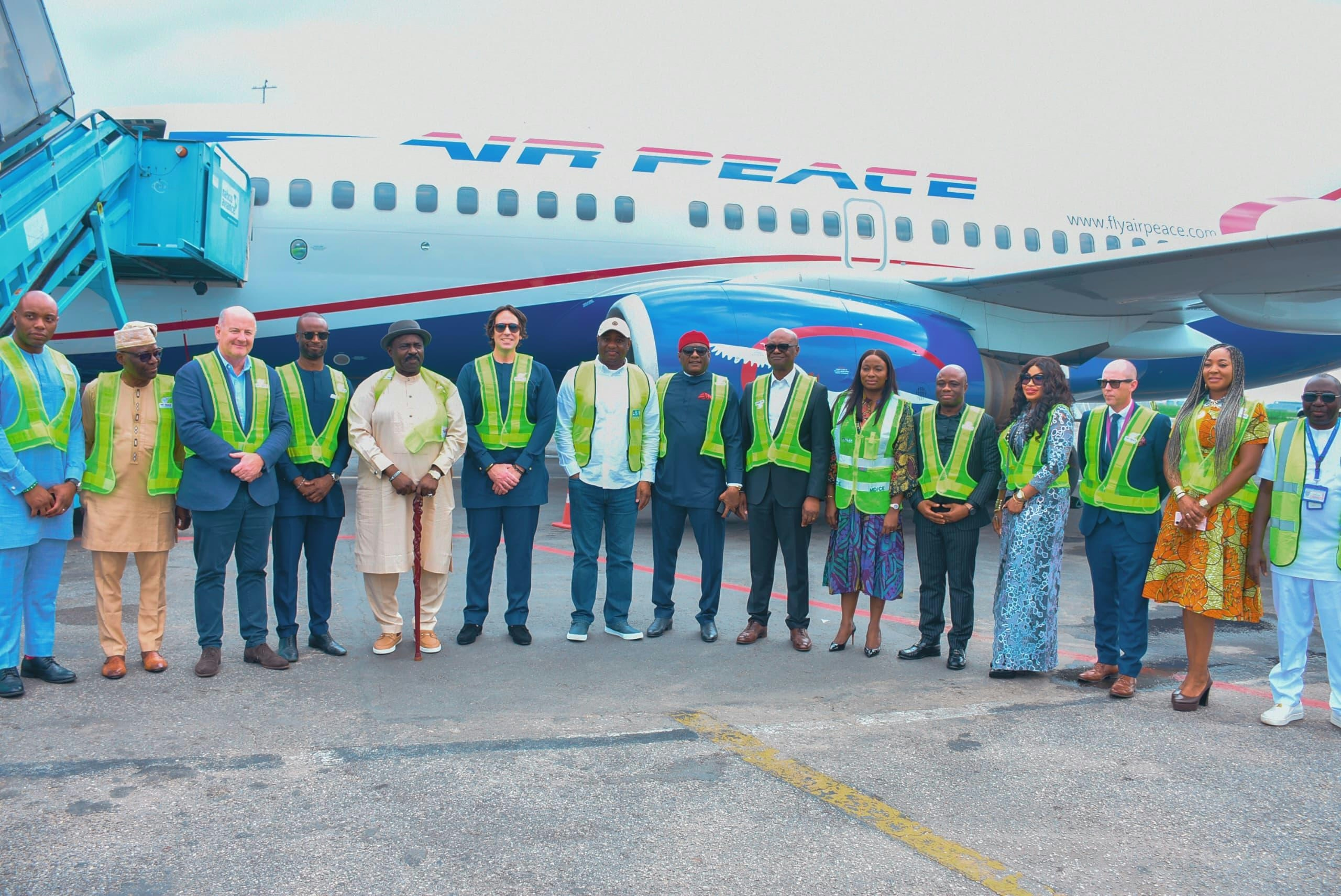
AeroGenie — Your Intelligent Copilot.
Trending
Categories
Industry Leaders Convene at PAM Dublin to Advance Predictive Maintenance
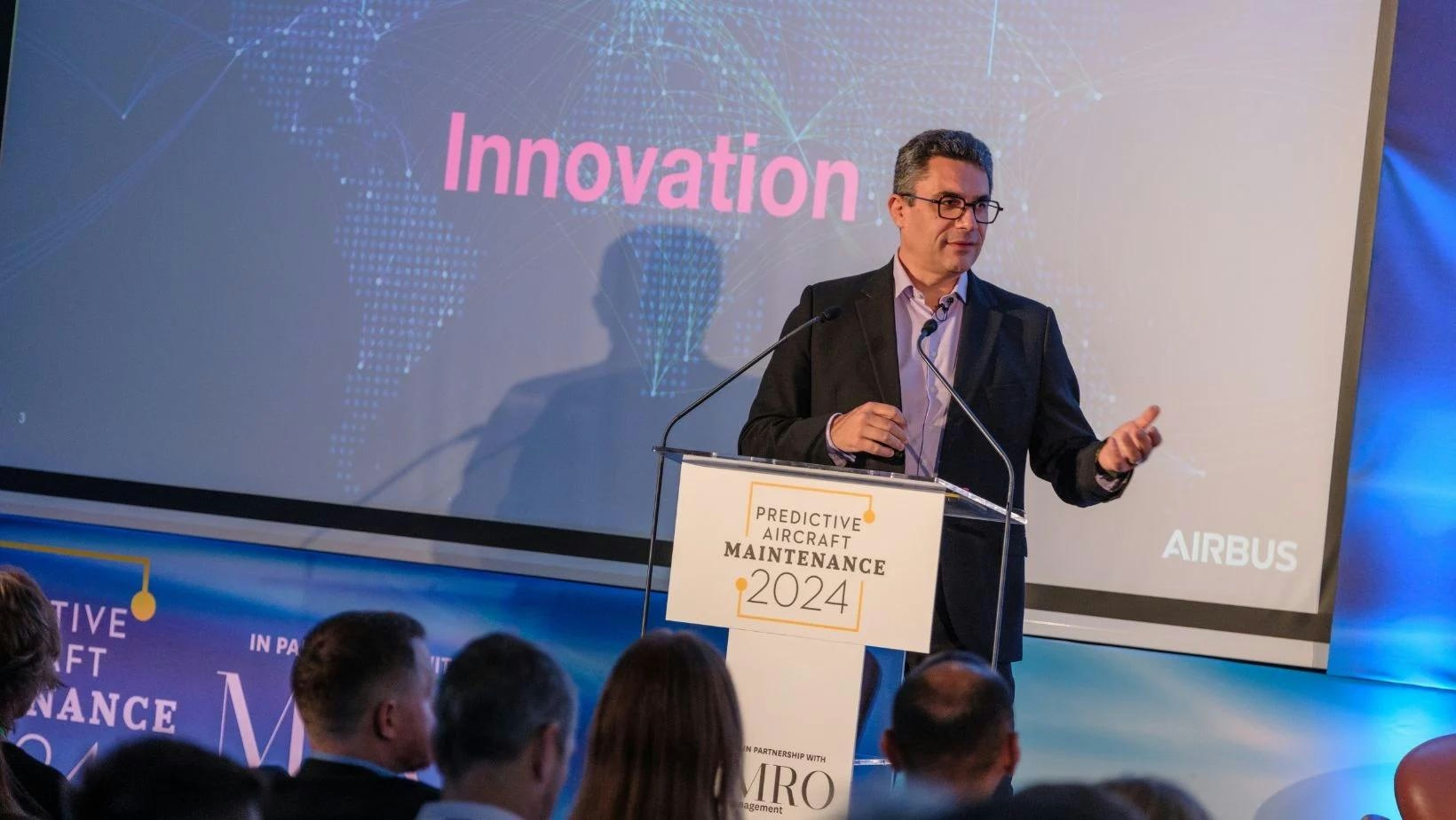
Industry Leaders Convene at PAM Dublin to Advance Predictive Maintenance
The 2025 Predictive Aircraft Maintenance (PAM) Conference concluded in Dublin on November 12, marking its largest gathering to date. More than 250 delegates representing over 50 global operators assembled at the Gibson Hotel for two days of intensive dialogue. The event featured 55 speakers across 30 sessions and was chaired by Richard Brown, managing director of NAVEO Consultancy. This year’s conference placed airlines at the forefront, emphasizing their practical strategies for predictive maintenance, digital transformation, and operational efficiency.
Airlines Driving Predictive Maintenance Innovation
The conference commenced with a keynote from Peter Hayden, director of maintenance planning at Ryanair, who detailed the airline’s decade-long evolution from reactive maintenance to a fully data-driven ecosystem supporting a fleet of over 630 aircraft. Hayden illustrated how predictive analytics and digitalization have enabled Ryanair to scale operations toward 800-plus aircraft while maintaining industry-leading reliability.
Following this, British Airways’ Stephen Rayner outlined the airline’s rapid acceleration in predictive maintenance over the past seven months. He underscored the critical role of organizational readiness, cross-functional collaboration, and cultural adaptation in embedding predictive insights across engineering, supply chain, and planning departments.
Marc Perez of Vueling shared practical experiences integrating predictive maintenance into daily operations, demonstrating how predictive workflows deliver measurable value despite operational constraints. Valentin Lewandowski from Aer Lingus discussed the development of efficient predictive algorithms amid limited resources and highlighted the airline’s growing use of artificial intelligence in collaboration with IAG.ai.
A joint session featuring Pascal Ramali of Condor and Petros Manaras of Airbus drew compelling parallels between professional sports and predictive transformation, emphasizing leadership, mastery of fundamentals, and team empowerment. The airline-led segment concluded with presentations from LATAM Airlines and AVIATAR. Peter Golibrzuch of Lufthansa Technik and Enzo Luizetto of LATAM showcased co-developed predictive models that have successfully reduced operational disruptions and enhanced maintenance efficiency.
Industry Challenges and Market Dynamics
A pivotal panel discussion, moderated by Lee Hayhurst of Aviation Business News, brought together senior leaders from easyJet, SAS, United Airlines, and Delta Airlines to address the transition beyond “recreational maintenance.” The panel explored how predictive tools are being operationalized to eliminate unnecessary checks, improve reliability, and enable smarter planning. These developments are particularly critical as the aviation industry grapples with a widening skills gap and escalating labor costs. The demand for maintenance personnel with diverse skill sets is intensifying, prompting airlines and maintenance, repair, and overhaul (MRO) providers to accelerate the adoption of AI-driven predictive maintenance solutions to optimize operations and manage expenses effectively.
OEMs and Technology Providers Advancing Capabilities
Original equipment manufacturers (OEMs) and technology providers also showcased significant advancements in predictive maintenance. Derek Cedillo and Nate Hicks from GE Aerospace demonstrated how advanced analytics and artificial intelligence are enhancing maintenance processes through improved fault detection and smarter intervention strategies. Boeing’s Darren Macer discussed fleet-wide modeling and component health prediction, highlighting how early detection techniques reduce maintenance burdens and extend component lifespan.
Representatives from Safran Nacelles and Safran Landing Systems, including François-Xavier Zakrzewski and Edouard Lesellier, alongside Matias Bjerregaard from SAS, emphasized the importance of health monitoring and predictive maintenance across nacelle and landing gear systems. Meanwhile, competitors such as MOVUS are enhancing their AI platforms with prescriptive maintenance capabilities. The industry is increasingly focusing on explainable AI to foster trust and transparency in critical sectors including aviation, energy, and manufacturing.
Looking Ahead
The record attendance and substantive discussions at PAM Dublin underscore the aviation sector’s commitment to predictive maintenance as a key driver of efficiency, reliability, and cost control. As airlines, OEMs, and technology providers confront workforce challenges and rising operational costs, the integration of artificial intelligence and explainable analytics is poised to play an increasingly central role in shaping the future of aircraft maintenance.

UAE Launches Hili, Its First Hybrid Cargo Plane
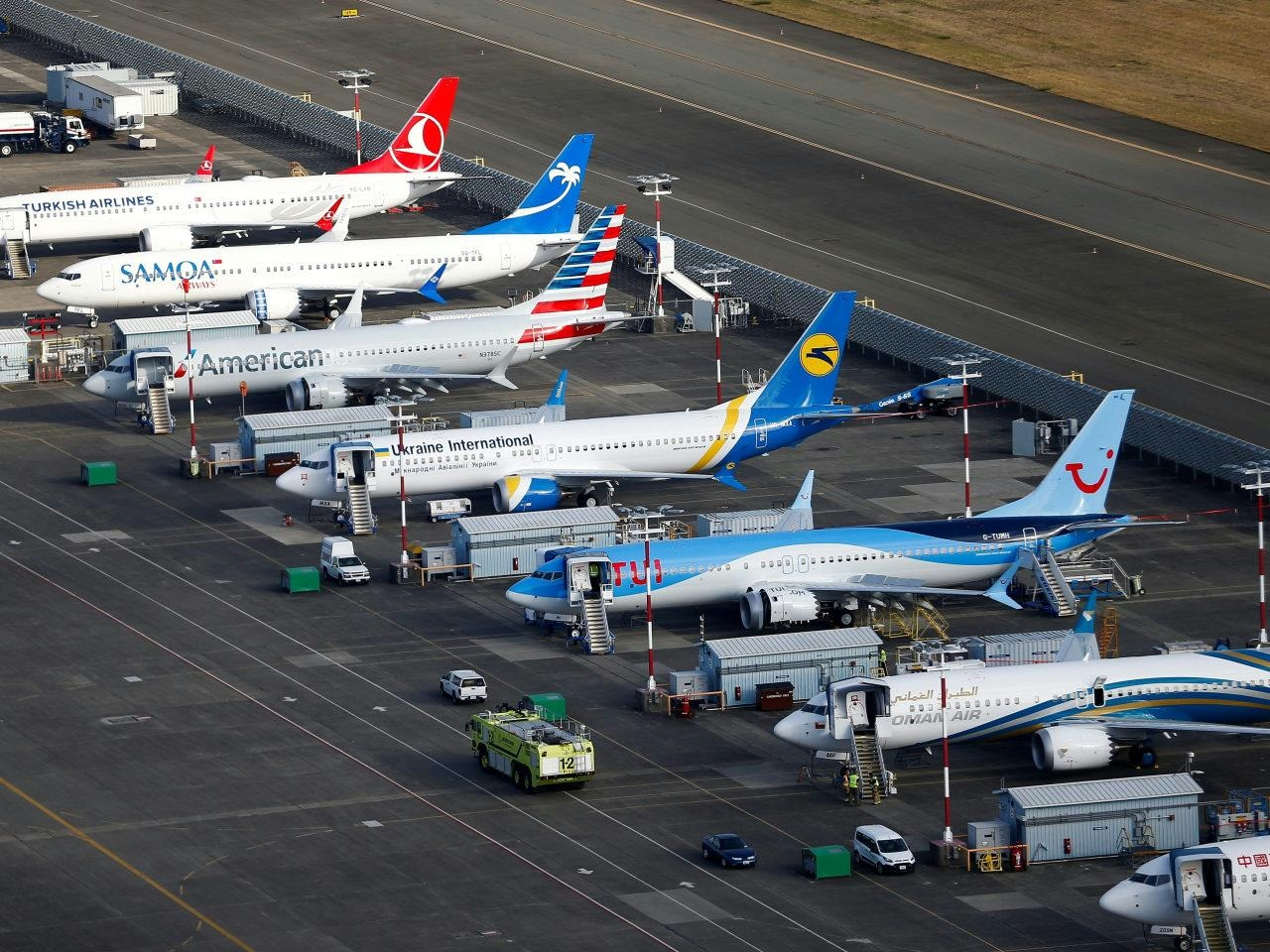
Oman Air Grounds Aircraft and Revises Flight Schedules Due to Supply Chain Delays
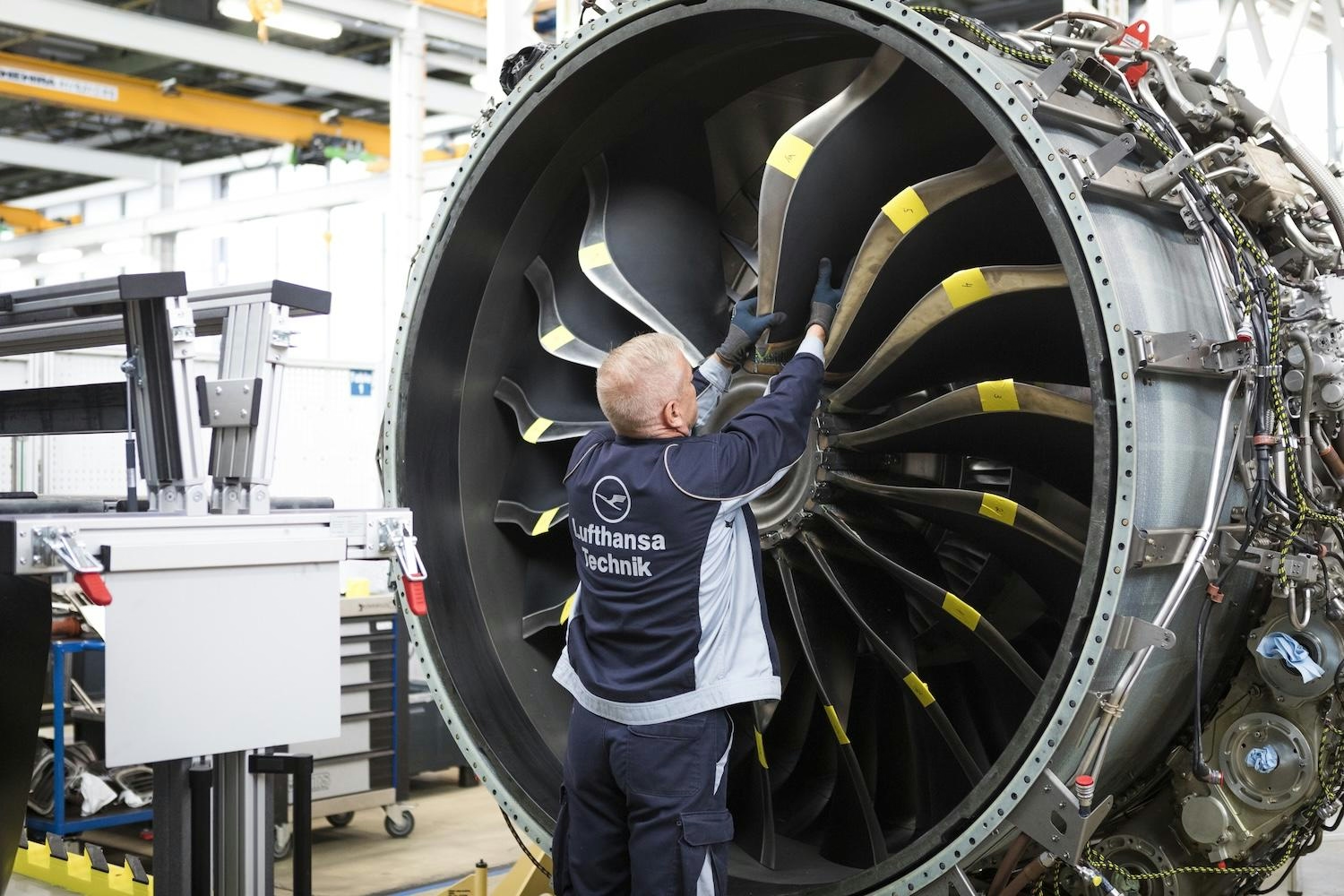
Lufthansa Technik Secures Extended Maintenance Contract with Marabu Airlines
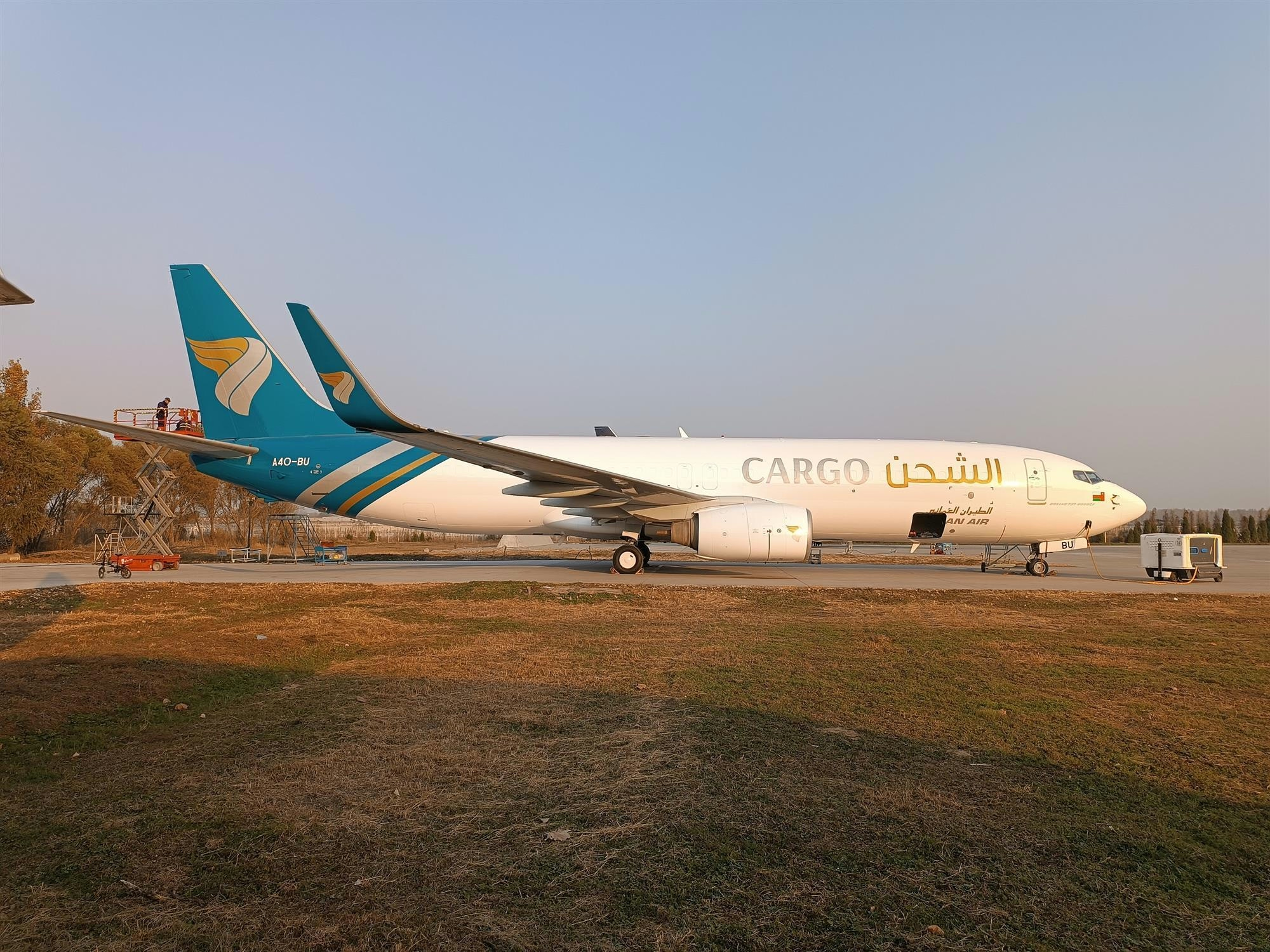
Oman Air Adjusts Flight Schedules Due to Global Supply Chain Disruptions

Qantas to Open Product Innovation Centre in Adelaide Focused on AI and Digital Transformation
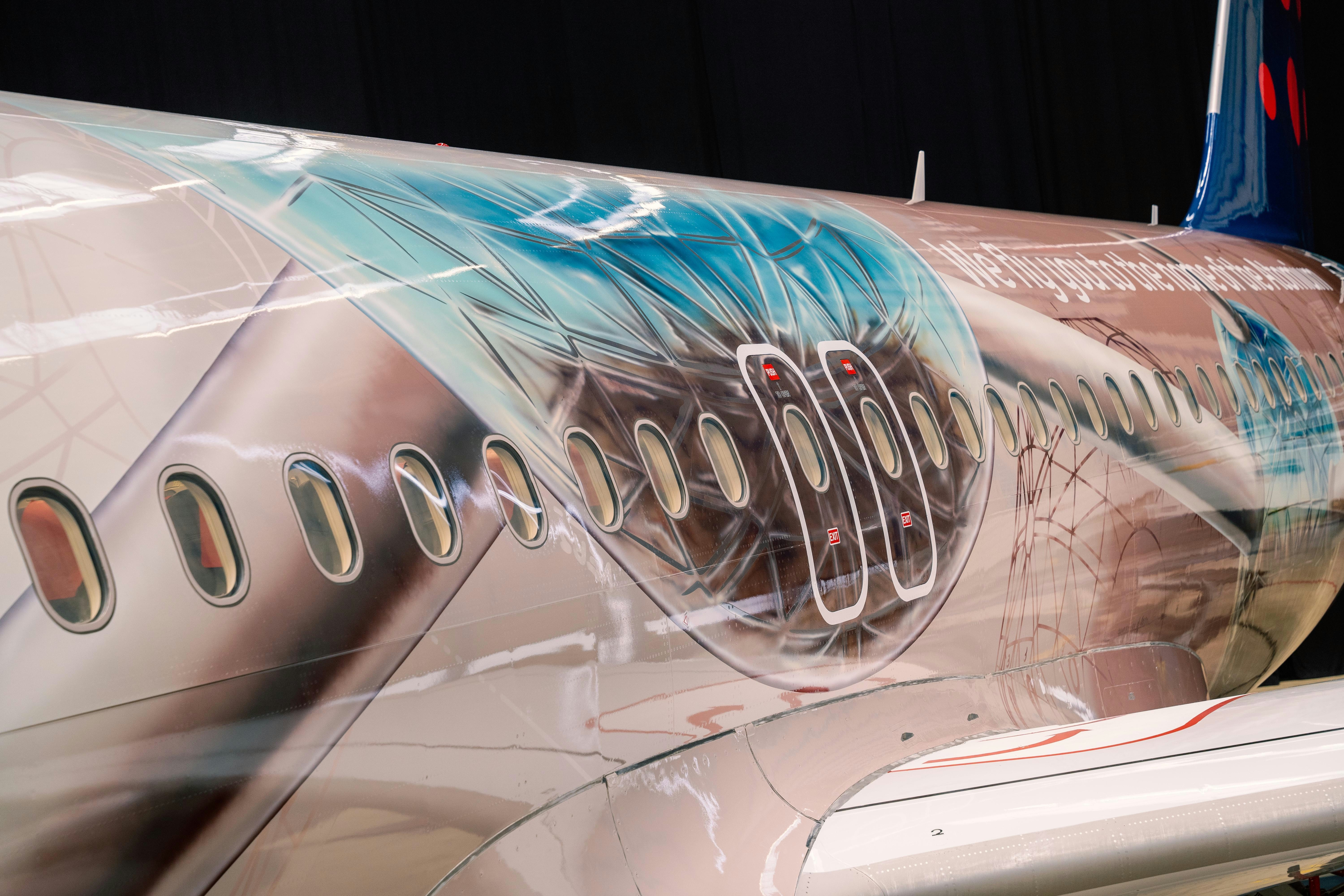
Passing the Baton: Hamburg Aviation Enters a New Era of Innovation
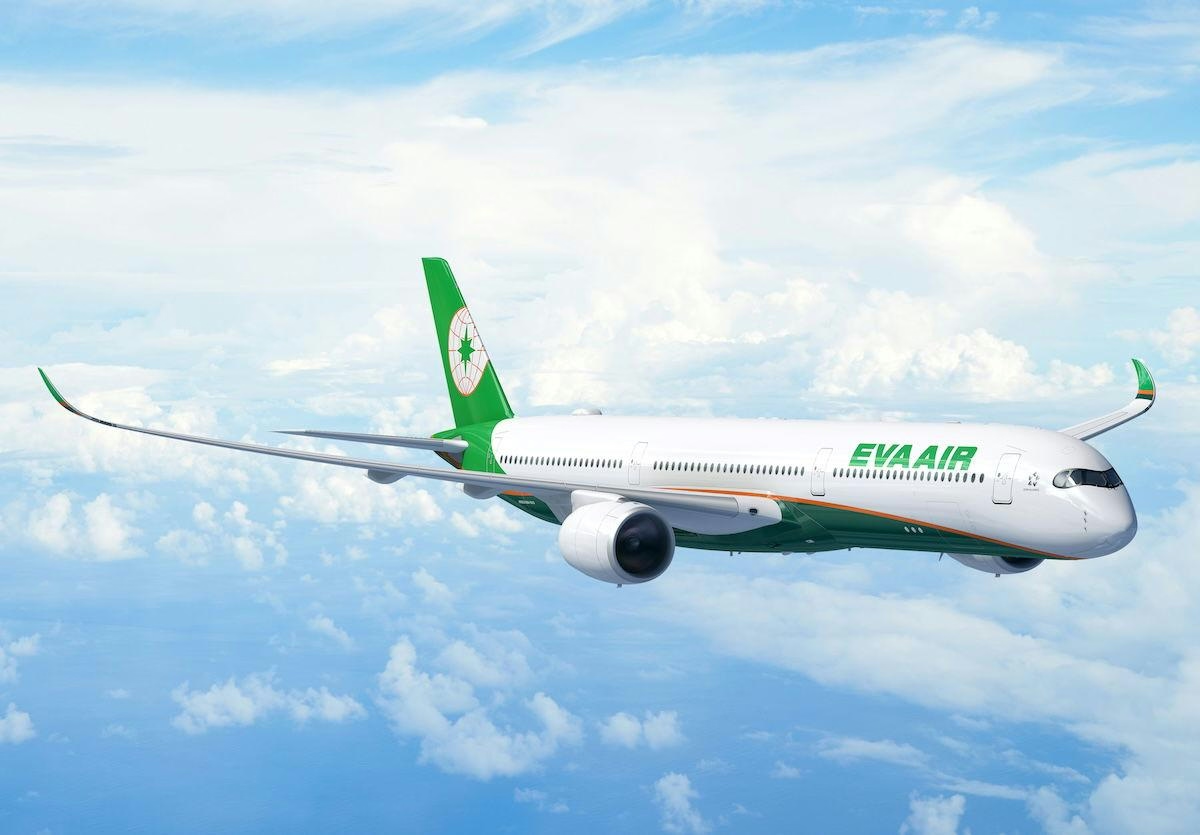
Potential New Order for Airbus A350-1000

LA Olympics to Use Air Taxis for Transporting VIPs, Fans, and Staff
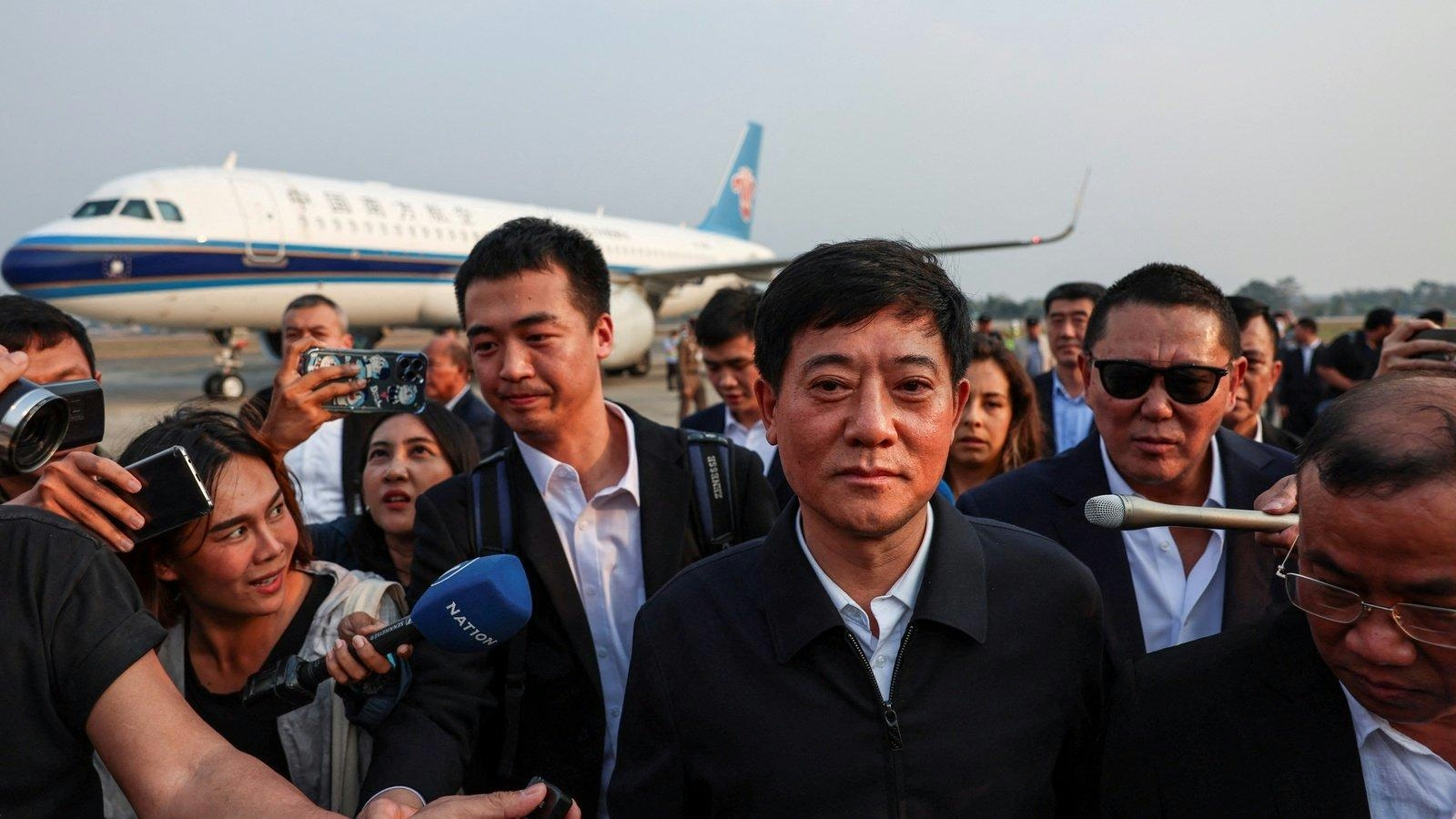
Asia Pacific Airlines Annual Assembly 2025 in Bangkok Addresses Supply Chain and Workforce Challenges
